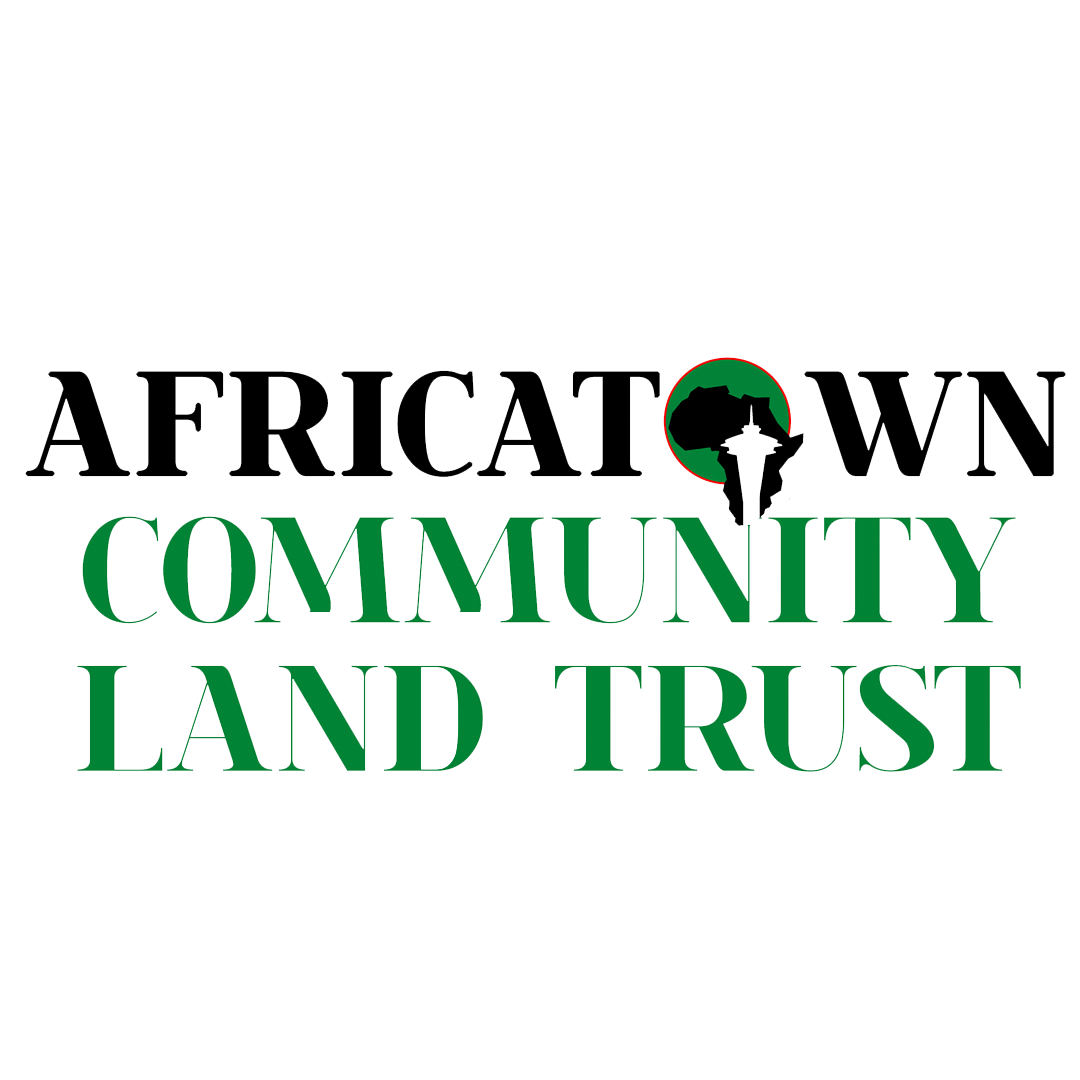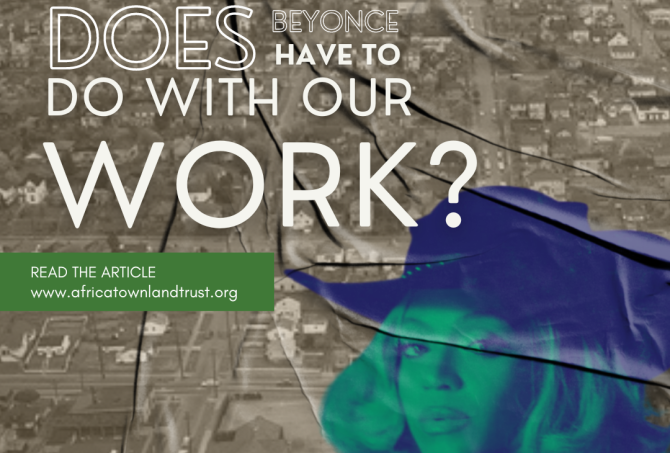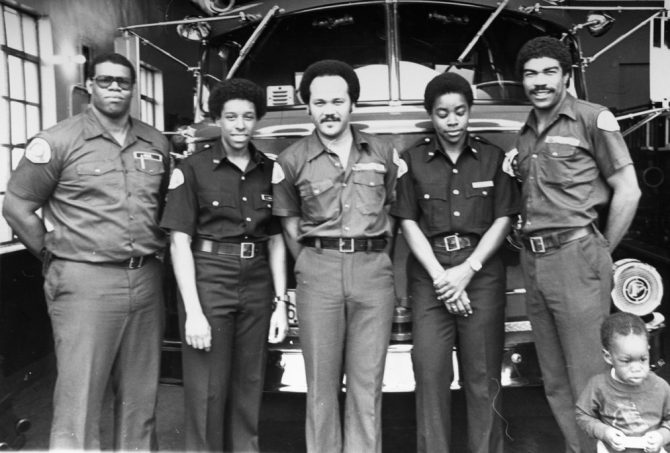WGC: A Journey to Innovation in Seattle’s Central District
"The greatness of a community is most accurately measured by the compassionate actions of its members."
- Coretta Scott King Tweet
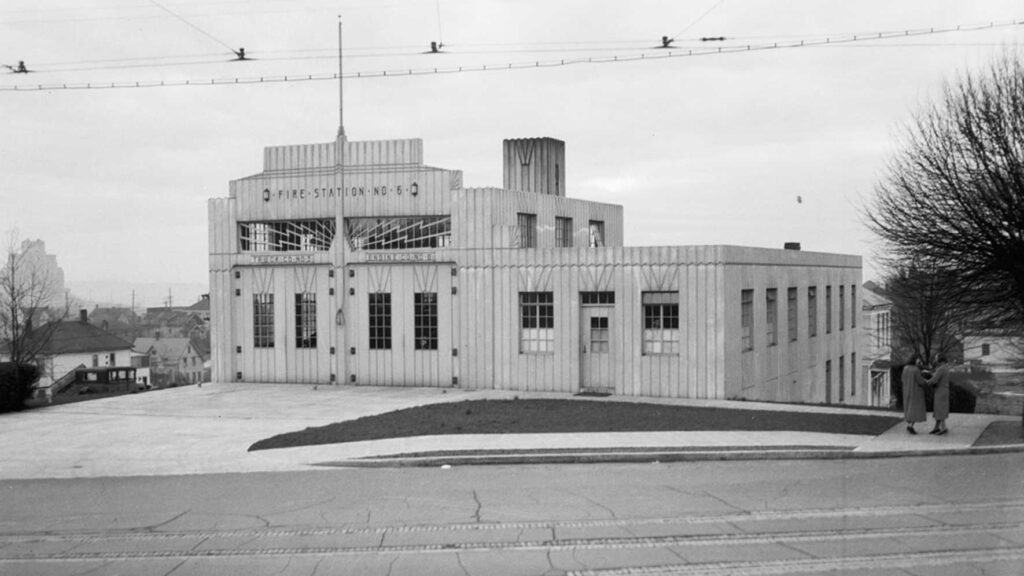
Before WGC | Fire Station No. 6 & The Return of Community
The achievements we will share throughout this week have not come without cost. We believe that in order to not only honor the those who paved the way for us to be able to build the future we currently exist within, it is imperative to acknowledge the toil, struggle an ground work laid by community predecessors who believed in the power of community and legacy.
As Coretta Scott King so effectively states, “The greatness of a community is most accurately measured by the compassionate actions of its members.” For decades, the Central District community has tirelessly championed the ideal that ‘the one’ does not happen without ‘the many’. We make attempts this week to share perspectives and stories of the many who help to accomplish our community-focused mission and vision.
This year, 23rd and Yesler celebrated its one-year anniversary as the home to the William Grose Center for Cultural Innovation (WGC) , a hub for S.T.E.A.M. education and business development in the heart of the Central District.
As a site of struggle for Black-led equity for over 40 years, WGC is the achievement of hundreds of community members who have held fast to the vision of establishing a space on the site that serves the neighborhood’s most pressing needs.
Decades before Seattle’s tech boom, affordable housing was already an important need in the Central District, and when a 1977 City of Seattle ballot measure was approved to locate a new police precinct on the corner of 23rd and Yesler (which was home to an abandoned 4-plex on city land) a powerful coalition of community members said no
In spite of community opposition, the City of Seattle moved forward with its plans, inspiring the Coalition against the proposed East-Central Police Precinct Station to take action.
“… people are incensed at the thought of bringing the station into a Black renaissance area,” said Isaiah Edwards speaking for the Coalition Against the Proposed East-Central Police Precinct Station to the Seattle Times. In a corridor newly populated by the Douglass-Truth library, Odessa Brown Children’s Clinic and job training centers, the Coalition called for the site to be transferred to neighborhood ownership so that it could be transformed into affordable housing and a community center instead.”
A Move in the Right Direction
On July 30, 1981, 50 neighbors broke down the barricades around the property, mowed the overgrown grass, cleaned and painted the abandoned 4-plexes and occupied the site, vowing to find residents for the restored housing from Seattle’s over-flowing low-income housing waitlist.
As community members remained steadfast in their opposition, the city relented three years later and established the precinct on Capitol Hill instead. The land remained in city hands.
30 years later, a new generation of community members returned to the site with renewed calls for the land to be transferred into community hands. In 2012, the site of Seattle’s Fire Station 6 on 23rd and Yesler was decommissioned and relocated to MLK Jr. Way and the iconic property became a parking lot for city vehicles.
For community members, the site represented an underutilized resource that had the potential to be an institution of transformation. A vision for the William Grose Center was born in 2016, however conversations around the transfer of the building and the land to the community remained at a standstill.
“Some of the smartest people in the world have been brought to Seattle working on how we build condos on the moon,” K. Wyking Garrett said, referring to the region’s aerospace cluster while at a community press conference in front of the decommissioned station. “How do we facilitate communities growing and thriving in place? In Seattle, the intellectual and financial resources are present. There just has to be the will.”
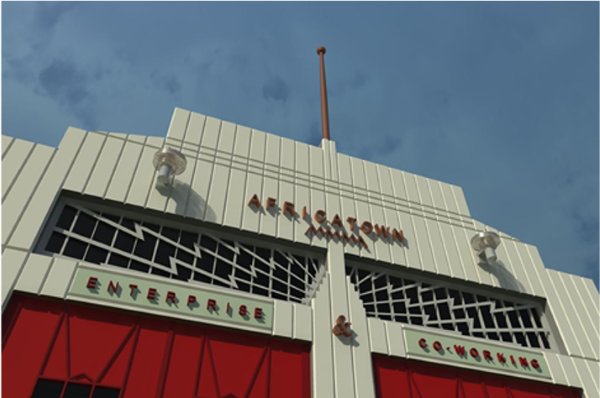
With the pressure of powerful national and local uprisings after the murder of George Floyd in 2020, the will became a way and prompted Mayor Durkin to take sudden and decisive action to transfer the land and building to Africatown Community Land Trust.
The Former Fire Station No. 6 has since been remodeled and reopened as a hub for youth and community development in S.T.E.A.M. (Science, Technology, Education, Arts & Mathematics).
140 years after the arrival of the center’s pioneering namesake and Central District founder, William Grose, arrived in the city, the building blocks for a thriving, culturally responsive and visionary Black community are falling into place.
As we continue to step into what it looks like to build a community that isn’t just prepared for the future but one that can equitably compete with an ever-changing landscape, we invite you to continue to follow these stories but, more importantly, to support our efforts to build a more equitable and sustainable future for tomorrow’s youth in Seattle.
Stay tuned for more stories highlighting WGC program achievements and direct impact through the lens of partners, students and mentors who believe in the power and value of this mission.
In the meantime, we know that we cannot accomplish this mission without you. Please consider supporting this mission through your tax deductible donation today.
